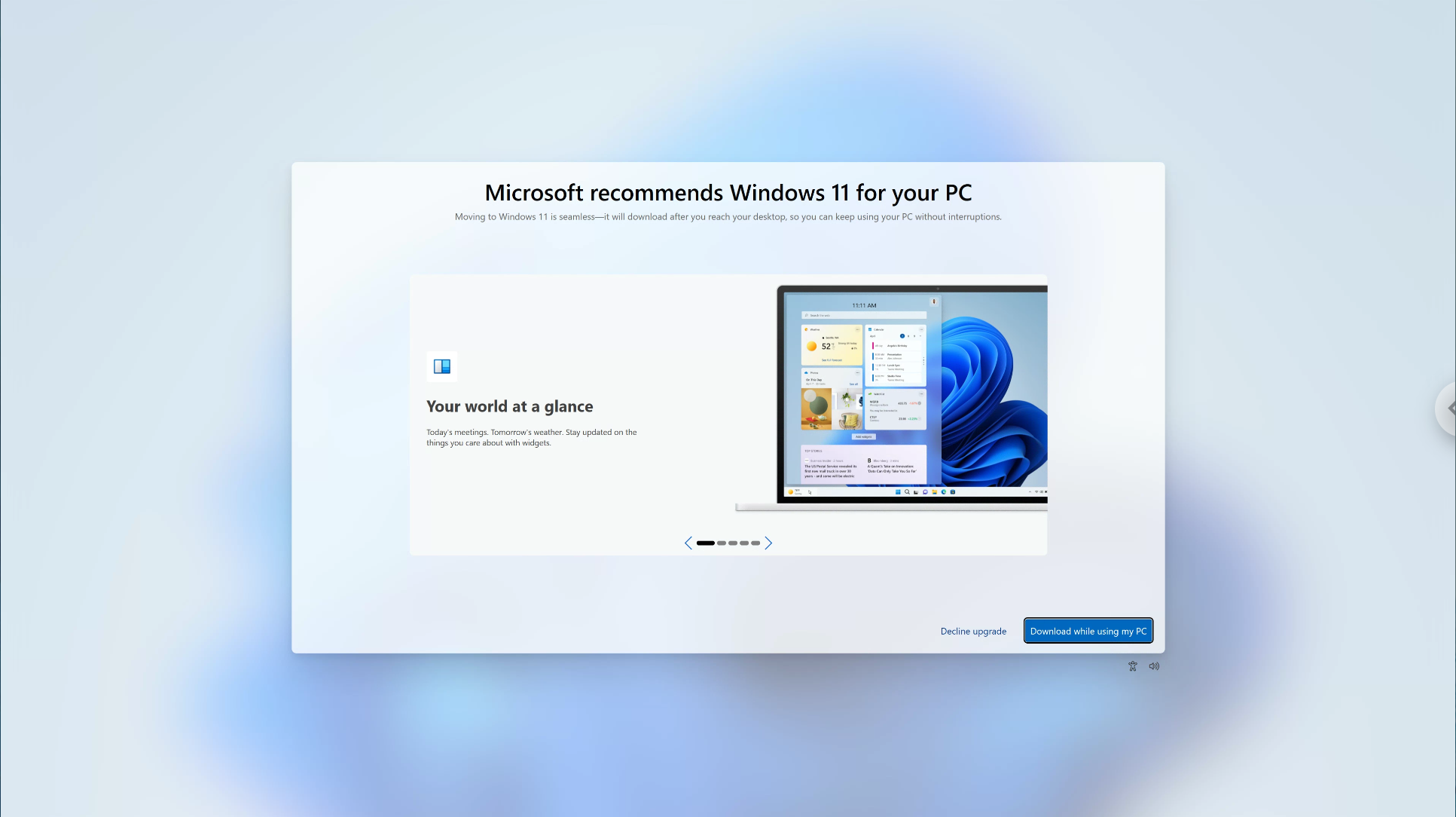Cannibal Corpse
[H]ard|Gawd
- Joined
- Sep 22, 2002
- Messages
- 1,277
Hi all,
I am building a new Ryzen 7 system, and would like to know if I should stick with the good'ol Windows 10, or install Windows 11. Do recent PC games benefit from any new DX enhancements in Windows 11 (if there are any at all that is).
The system spec would be the following (will replace the system in my signature)
CPU: Ryzen 7800X3D
RAM: 32GB DDR5-6000
GPU: RTX 4060Ti
PSU: SEASONIC 850W Prime Titanium PSU (remains the same)
SOUND: CREATIVE Sound Blaster ZxR Sound Card (remains the same)
HDD: Gen 4 1TB SAMSUNG Evo 970
Thanks!
I am building a new Ryzen 7 system, and would like to know if I should stick with the good'ol Windows 10, or install Windows 11. Do recent PC games benefit from any new DX enhancements in Windows 11 (if there are any at all that is).
The system spec would be the following (will replace the system in my signature)
CPU: Ryzen 7800X3D
RAM: 32GB DDR5-6000
GPU: RTX 4060Ti
PSU: SEASONIC 850W Prime Titanium PSU (remains the same)
SOUND: CREATIVE Sound Blaster ZxR Sound Card (remains the same)
HDD: Gen 4 1TB SAMSUNG Evo 970
Thanks!
Last edited:
![[H]ard|Forum](/styles/hardforum/xenforo/logo_dark.png)


